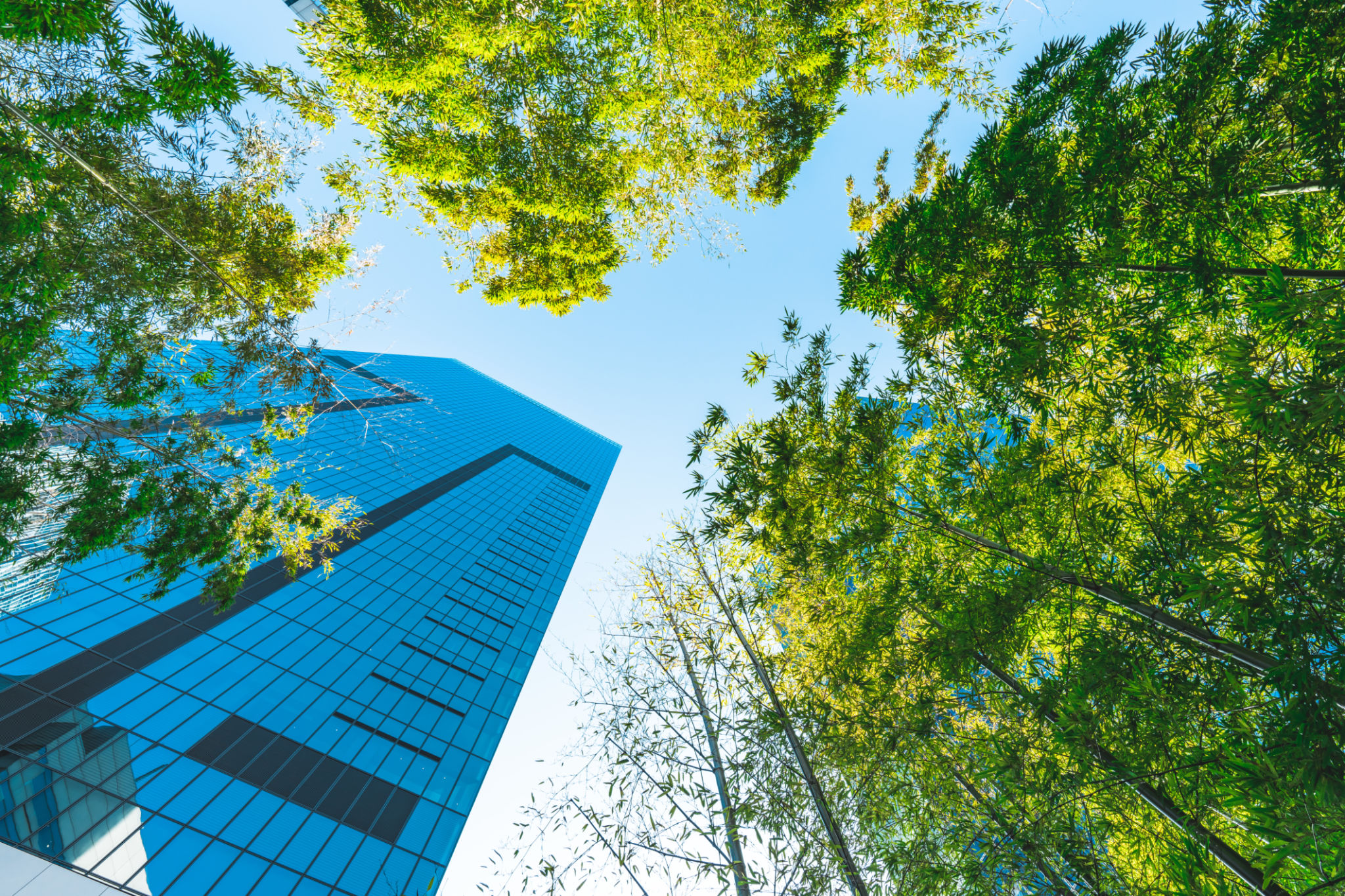Eco-Friendly Building Solutions in South Florida: A Comprehensive Guide
Introduction to Eco-Friendly Building
As South Florida continues to grow, the demand for sustainable and eco-friendly building solutions has never been higher. The region's unique climate and environmental challenges make it essential to adopt practices that not only preserve the natural ecosystem but also promote energy efficiency and resilience. This guide explores various strategies and technologies that builders and homeowners can implement to create environmentally responsible structures.

Sustainable Materials
Choosing the right materials is a fundamental step in eco-friendly building. In South Florida, materials that can withstand humidity, heat, and potential hurricane impacts are crucial. Opt for locally sourced materials such as recycled steel, bamboo, and reclaimed wood. These materials not only reduce the carbon footprint associated with transport but also contribute to the local economy.
Another excellent option is the use of insulated concrete forms (ICFs), which are energy-efficient and durable. ICFs provide exceptional insulation, reducing the need for excessive heating or cooling—a significant consideration in the hot, humid climate of South Florida.
Energy Efficiency
Energy efficiency is a cornerstone of eco-friendly building. Integrating solar panels is a popular and effective method for reducing reliance on non-renewable energy sources. South Florida's abundant sunshine makes solar energy an incredibly viable option. Additionally, installing energy-efficient windows and doors helps maintain indoor temperatures, reducing the need for air conditioning.

Smart Home Technologies
Incorporating smart home technologies can further enhance energy efficiency. Systems that automate lighting, HVAC, and other utilities ensure they operate only when necessary, minimizing waste. These technologies provide homeowners with greater control over their energy consumption, contributing to lower utility bills and a reduced environmental impact.
Water Conservation Techniques
Water conservation is another critical aspect of sustainable building in South Florida. Implementing rainwater harvesting systems can significantly reduce water usage by collecting and storing rainwater for irrigation and other non-potable applications. Low-flow fixtures and dual-flush toilets also contribute to water savings.

Landscaping for Sustainability
Eco-friendly landscaping complements water conservation efforts. Opt for native plants that require minimal irrigation and are adapted to South Florida's climate. Xeriscaping, which focuses on drought-resistant plants, can further reduce water requirements while maintaining aesthetic appeal.
Storm Resilience
Building structures that withstand extreme weather conditions is essential in hurricane-prone South Florida. Reinforced roofing systems using metal or impact-resistant materials provide superior protection against high winds. Elevated structures and proper drainage systems help mitigate flood risks, ensuring the safety of residents and properties.
Implementing these eco-friendly building solutions not only benefits the environment but also enhances property value and contributes to healthier living spaces. As South Florida continues to develop, embracing sustainable practices is both a responsibility and an opportunity for innovation.